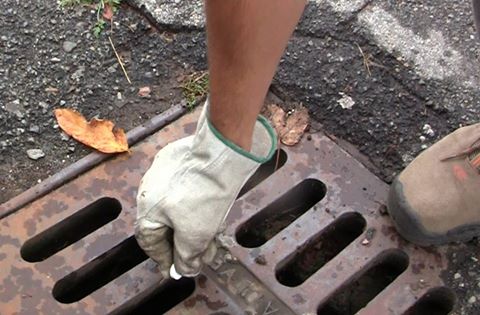Mosquito larvicides
 Mosquito control is more effective when intervening on the larvae. However, if it is not possible to avoid the formation of a breeding site, recommended treatment involves the use of specific products in granules, tablet or liquid form.
Mosquito control is more effective when intervening on the larvae. However, if it is not possible to avoid the formation of a breeding site, recommended treatment involves the use of specific products in granules, tablet or liquid form.
Applications must be repeated throughout the risk period (April – October) with varying frequency depending on the active ingredient used.
The main larvicides on the market are preparations based on:
- Bti (Bacillus thuringiensis var. israelensis): this product has a lower environmental impact because it acts almost exclusively on the mosquito larvae. Its persistence is limited, so intervention must be repeated on a weekly basis. However, it is the most suitable product when treating water that other animals may be exposed to.
- Bsph (Bacillus sphaericus or Lysinibacillus sphaericus): similar to the previous one, but more persistent. It is often combined with Bti in products that combine the qualities of the two active ingredients.
- Diflubenzuron: this active ingredient also prevents the larvae from completing their development. It is a little less persistent than the previous one, but more easily available on the market, at least until its production, sale and use is allowed. This product is currently subject to the European Biocide Review process.
- Triflumuron: it has the same mechanism of action as the previous one, but it is less easy to find on the market for the mosquito control.
- Pyriproxyfen: it is a so-called "insect growth regulator" (IGR) that is long lasting (at least one month). It disturbs larvae metamorphosis and therefore prevents adult development.
- S-Methoprene: it is a juvenile hormone (formally called neotenin) similar to those produced by insect larvae. When the juvenile hormone prevails over the molting hormone (ecdysone), the larva cannot pupate and transform into an adult insect; consequently, its development cycle is blocked.
- Monomolecular films and the like: these are products that are distributed on the surface of the water that block the respiratory process of larvae and pupae. They can have a real covering effect (oils, polystyrene beads, etc.) or simply vary the surface tension of the water and prevent the respiratory organs of the larvae from "hanging" at the air-water interface (e.g., silicone films).
It is always necessary to read and strictly follow all the instructions properly, especially the parts on safety and dosages.
Last modified: Mar 2024



